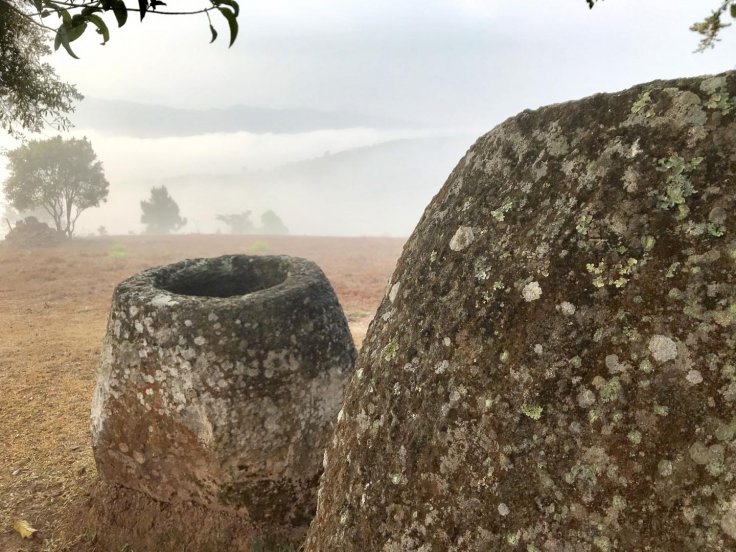
The jar of Laos has been perplexing archaeologists for years and until now, nobody really knows the real purpose of these ancient stone structures. Now, a team of researchers at the Australian National University (ANU) and the University of Melbourne has discovered 15 new sites in Laos containing more than one hundred 1000-year-old massive stone jars, and experts believe that these structures were possibly used for the dead.
Archaeological experts believe that these giant stone structures were used for the disposal of the dead, but they are still clueless about these jars' original purpose, and the people who brought them there. With this new discovery, archaeologists believe that these jars were used more common than previously thought, and more studies on these structures could unlock the mysteries about their origin.
"It's apparent the jars, some weighing several tonnes, were carved in quarries, and somehow transported, often several kilometres to their present locations. But why these sites were chosen as the final resting place for the jars is still a mystery. On top of that we've got no evidence of occupation in this region," said Dr Dougald O'Reilly, an archaeologist at the Australian National University and the lead author of the study in a recent statement.
Interestingly, these 'jars of the dead' also had beautiful carvings that include concentric circles, pommels, human figures and creatures. Researchers also revealed that they have spotted some miniature models of these jars made of the clay.
"Curiously we also found many miniature jars, which look just like the giant jars themselves but made of clay, so we'd love to know why these people represented the same jars in which they placed their dead, in miniature to be buried with their dead. We've seen similar megalithic jars in Assam in India and in Sulawesi in Indonesia so we'd like to investigate possible connections in prehistory between these disparate regions," added O'Reilly.
A few weeks back, researchers had discovered the oldest tattoo tools ever found on earth. In their study report, researchers revealed that these tattoo tools which are actually bone combs were specifically designed to have a very pointed edge on its side, very similar to a tattoo gun in the modern days.









